The moment I stepped into teamLab Borderless in Tokyo, watching digital waterfalls cascade around me while flowers bloomed across entire rooms, I knew I was somewhere special. That’s Tokyo for you – a city that feels like stepping into the future while somehow keeping one foot firmly planted in its ancient past.
You know those places that make you question if they’re even real? The beautiful places in Tokyo hit different. Whether I was watching the sunset turn the Tokyo Skytree into a glowing beacon or wandering through the surreal forest of glowing mushrooms at DisneySea, this city kept me in a constant state of wonder. Ready to see my 12 favorite spots that made me feel like I’d walked into a sci-fi movie? Let’s go!
Best Things to Do in Tokyo
Looking for the coolest things to do in Tokyo? Explore the scenic Akigawa Valley, take a peaceful stroll through Hamarikyu Gardens, and visit the iconic Meiji Shrine. Hike up Mt. Takao for breathtaking views, or immerse yourself in nature at the Okutama Area. Whether you’re interested in nature, culture, or history, here are the top attractions to visit in Tokyo.

1. Akigawa Valley
Akigawa Valley is honestly one of Tokyo’s best-kept secrets, and I can’t believe more people don’t know about it. Just 90 minutes from central Tokyo, this place feels like you’ve teleported to another world entirely. I spent a weekend here last year and the crystal-clear streams actually made me forget I was still technically in Tokyo Prefecture.
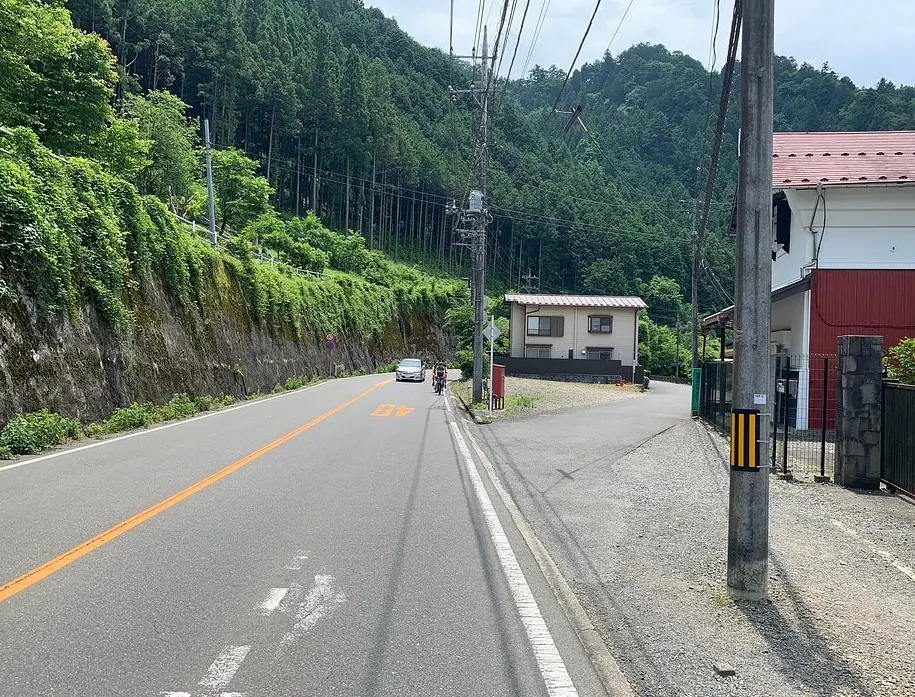
The Ishibune Bridge is where you’ll want to head first – it’s this 96-meter suspension bridge that’ll give you the most ridiculous views of the valley below. I’m talking Instagram gold here, especially in November when the maple leaves turn the whole place into a fire-colored paradise. The bridge leads to Seoto no Yu hot springs, which gets pretty crowded on weekends, so hit it up on a weekday if you can.
Summer’s the real MVP season though. The Akigawa International Trout Fishing Ground lets you catch your own fish and grill it right there for about ¥3,300 per person (they provide everything). I caught six trout in two hours and honestly felt like some kind of wilderness expert. The BBQ spots along the river are perfect for groups – just book ahead because they fill up fast. Access is super easy via Musashi-Itsukaichi Station, then a quick bus ride to the valley. Pro tip: the autumn leaves are peak gorgeous from late October to early November, but way fewer crowds visit in winter when it’s honestly just as beautiful.

2. Hamarikyu Gardens
Hamarikyu Gardens is where you go when you need to prove to yourself that Tokyo can actually be peaceful. This 400-year-old garden sits right in the shadow of Shiodome’s gleaming towers, and the contrast is so wild it doesn’t feel real. I’ve brought visiting friends here countless times and they’re always blown away by how the ancient meets the ultra-modern.
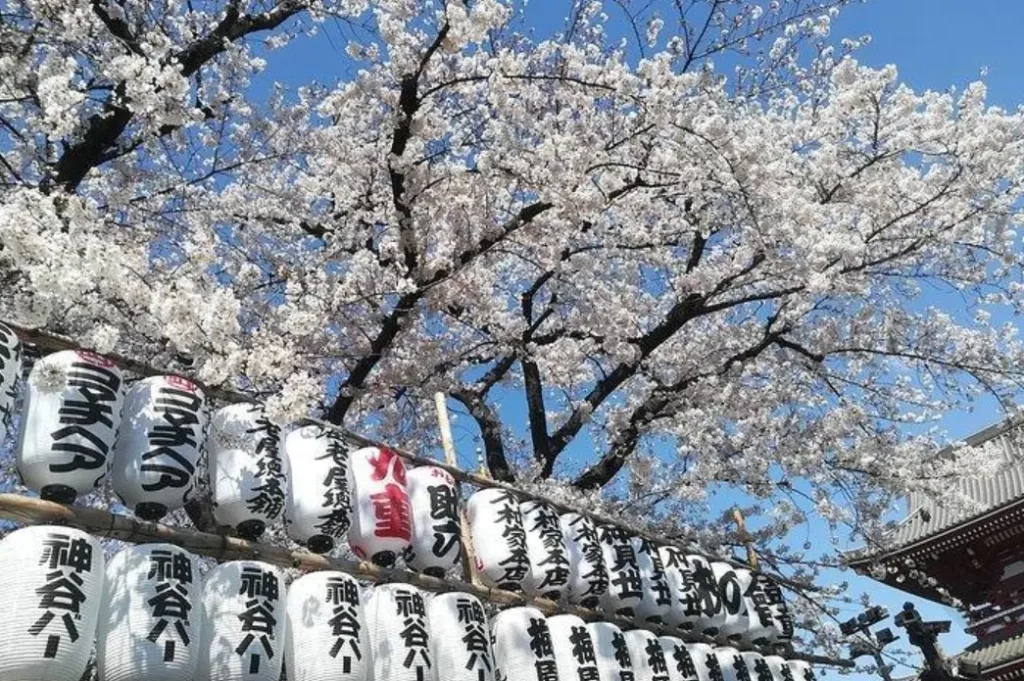
The real star is Nakajima Tea House floating in the middle of the tidal pond – and yeah, it’s actually connected to Tokyo Bay so the water level changes with the tides. For ¥1,000, you can sit on tatami mats, drink proper matcha, and eat wagashi sweets while skyscrapers loom overhead. It’s oddly magical and way less pretentious than it sounds. The garden costs ¥300 to enter (total bargain) and is open 9am-5pm daily.
February to March brings plum blossoms, April delivers the cherry blossom crowds (avoid weekends unless you love chaos), and October serves up cosmos flowers. I actually prefer visiting in winter when it’s less crowded and the contrast between the frozen pond and heated skyscrapers feels even more dramatic. You can catch water buses here from Asakusa for ¥1,180, which includes garden admission and makes for a perfect day combining old and new Tokyo.

3. Meiji Shrine
Meiji Shrine is that rare place in Tokyo where you can actually hear yourself think. Hidden behind Harajuku Station and Shibuya’s madness, this shrine sits in a 175-acre forest that citizens donated tree by tree over a century ago. Walking those gravel paths under 100,000 trees feels like entering a different dimension – I’ve never experienced anything quite like it in a major city.
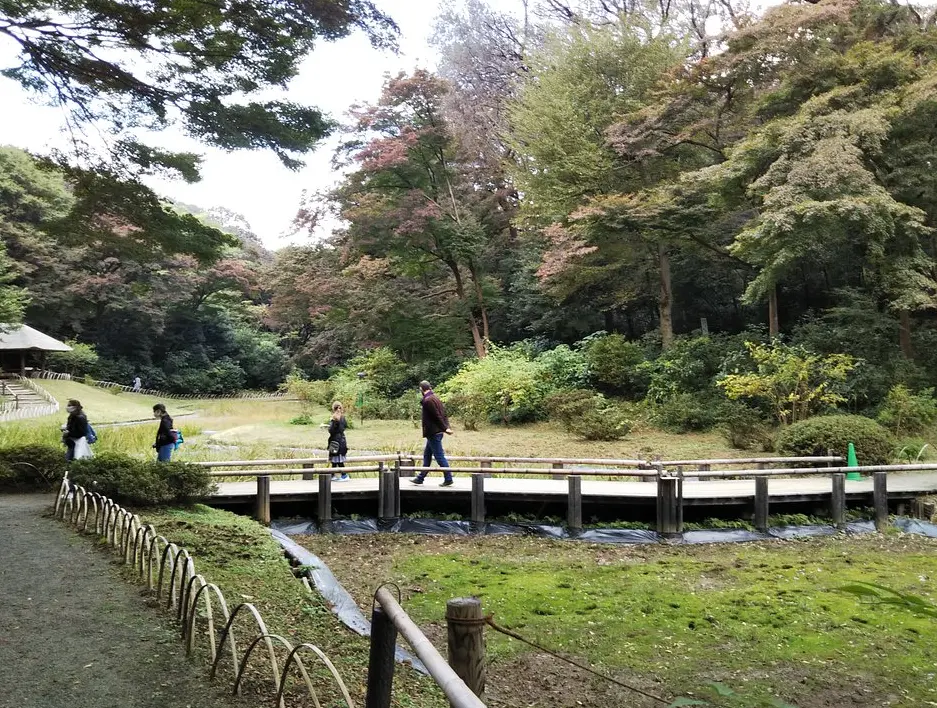
The torii gates are massive and Instagram-worthy, but the real magic happens deeper in the forest. On weekends, you might catch traditional Shinto weddings with brides in white kimono – honestly breathtaking and totally free to watch respectfully from a distance. The Inner Garden (extra ¥500) blooms with irises in June and feels worth every yen.
I always recommend hitting this place early morning around 8am when it opens. By 10am, tour groups start arriving and the peaceful vibe gets a bit chaotic. The shrine’s completely free to visit, and you can write wishes on ema prayer plaques for a few hundred yen if you’re feeling spiritual. Fun fact: this “ancient” forest was actually planted in 1915, but it’s grown so naturally that it feels timeless. The contrast walking from Takeshita Street’s teen chaos into this serene sanctuary is absolutely mind-blowing.

4. Mt. Takao
Mt. Takao is proof that Tokyo’s got serious mountains just an hour from Shinjuku. This UNESCO-recommended peak delivers everything: ancient temples, hiking trails, and on clear days, views of Mt. Fuji that’ll make your heart skip. I’ve dragged plenty of jet-lagged friends here and they always thank me afterward.
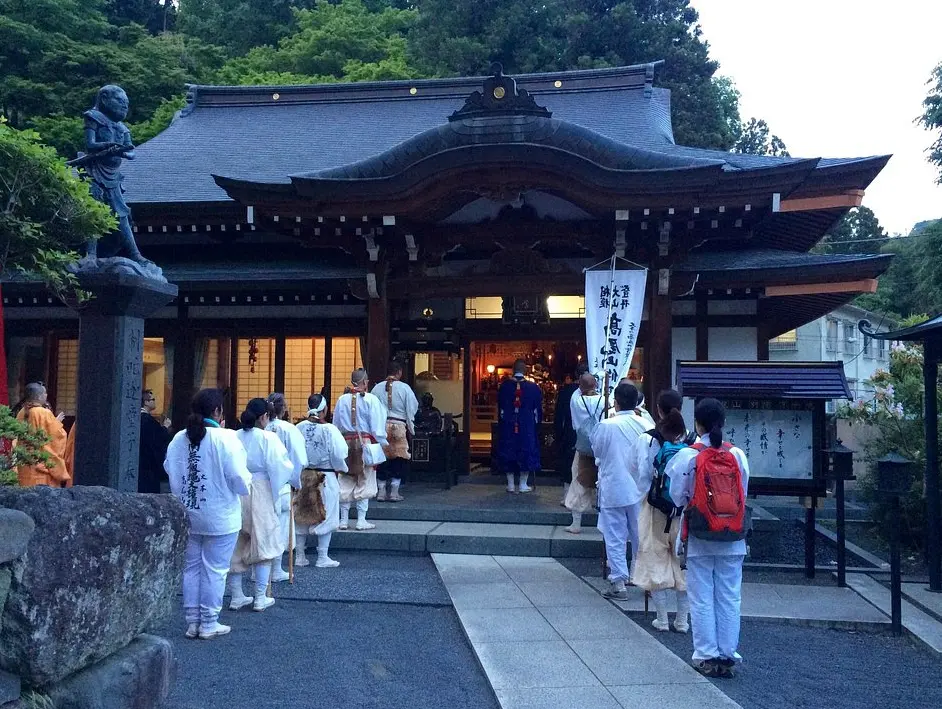
The cable car takes you halfway up if you’re feeling lazy (or smart), but the six different hiking trails mean you can choose your own adventure. I love Trail 1 for the 108-step Otoko-zaka staircase – Buddhist legend says each step eliminates one earthly desire, though I’m pretty sure I gained a few more by the top. The 1,200-year-old Yakuo-in Temple halfway up is stunning and way less crowded than city temples.
Winter offers the best Mt. Fuji views and fewer crowds, while spring brings cherry blossoms and autumn delivers spectacular foliage. The beer garden near the summit is perfect for post-hike celebrations, and local tengu statues make for unique photo ops. Round trip from central Tokyo costs about ¥800 on the Keio Line, making this one of the most affordable mountain escapes you’ll find anywhere. I typically spend 4-5 hours here including hiking and temple time – perfect for a day trip without feeling rushed.
✈️ My #1 Tip for Cheap Flights:
If you’re not using Going, you’re probably overpaying for flights. I’ve scored roundtrips to Europe for under $300 - and I never would’ve found them on Google Flights.
Their free version is great, but Premium is where the real magic happens. I recommend doing the 14-day free trial. And right now, you can get 25% off Premium or Elite with my code: JON25.
Seriously, it’s the best travel decision I’ve ever made (in 8+ years).

5. Okutama Area
Okutama is where Tokyo professionals go to completely disconnect, and honestly, it’s the best therapy you can get for ¥800 train fare. This mountainous region feels like a different country entirely – crystal rivers, towering peaks, and enough hiking trails to keep you busy for months. I discovered it during a particularly stressful work period and now escape here whenever city life gets overwhelming.
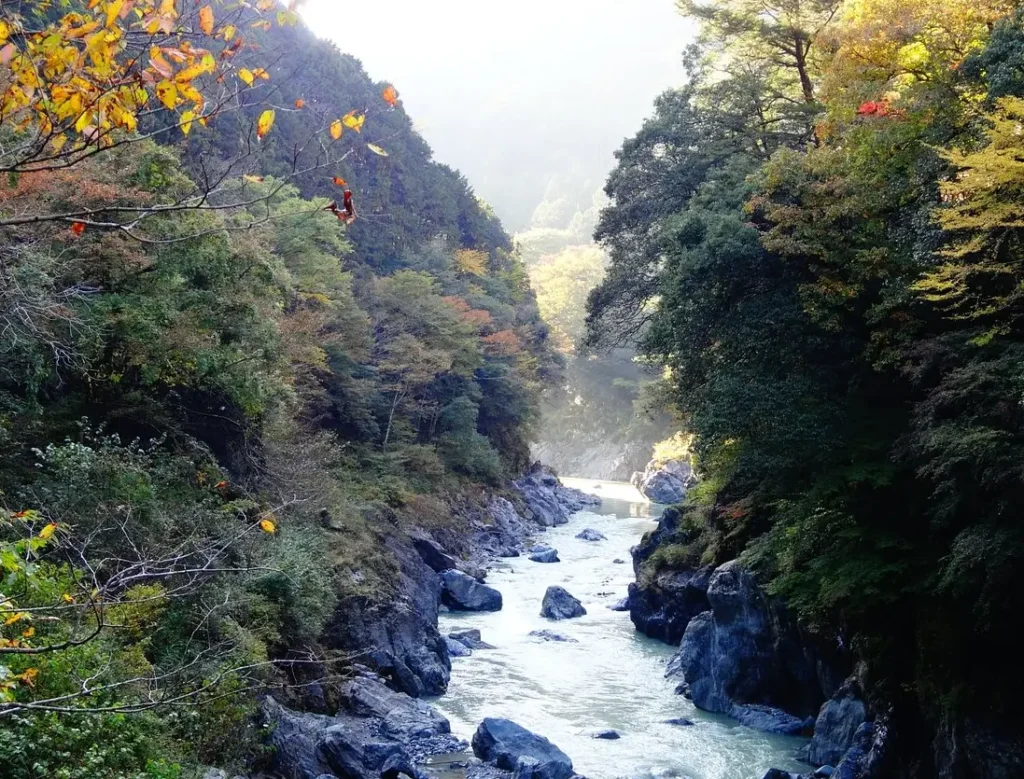
Lake Okutama is perfect for kayaking and fishing, while the Hatonosu Suspension Bridge hangs 40 meters above turquoise waters that look almost tropical. The adrenaline rush crossing it is real, but the views are worth the scary walk. Hossawa Falls drops 62 meters through the forest and stays refreshingly cool even in summer heat.
The region produces incredible sake from mountain spring water – I always grab a bottle from local shops after hiking. Camping spots line the rivers (book ahead in summer), and the onsen hot springs scattered throughout are perfect for soaking tired muscles. Moegi no Yu has riverside views that make you forget you’re still in Tokyo Prefecture. Winter brings incredible stargazing thanks to minimal light pollution, while summer offers perfect swimming holes for cooling off. This place proves Tokyo’s way more than just urban sprawl.
- Read next: Beautiful Places in Japan to Visit

6. Sensō-ji Temple
Sensō-ji Temple in Asakusa delivers instant cultural immersion without any complicated logistics. The journey starts at the massive Kaminarimon Gate with its giant red lantern – you literally can’t miss it. Nakamise Street stretches 250 meters ahead, packed with food stalls and souvenir shops that are actually pretty awesome for gifts.
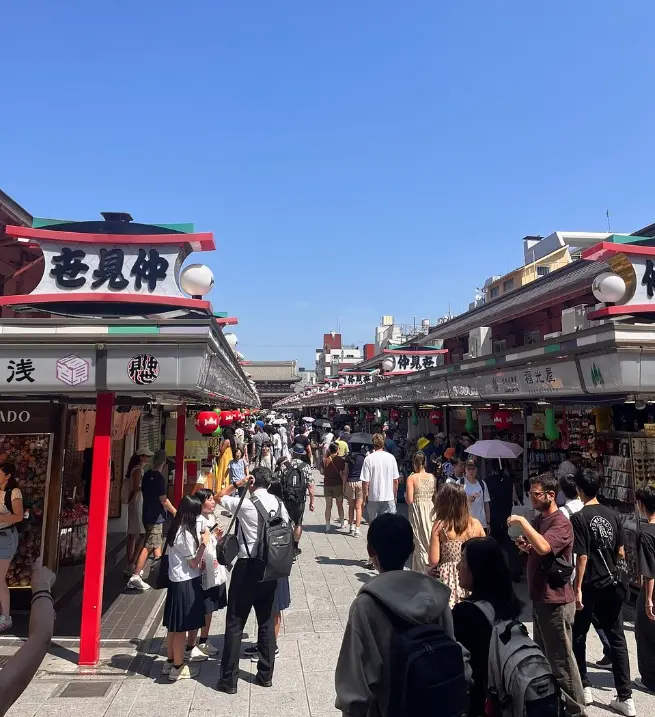
I always tell people to try ningyo-yaki (sweet bean cakes shaped like dolls) and melon pan from the street vendors. The temple itself is free to enter and usually buzzing with activity – incense burning, prayers being offered, and tour groups taking photos. It’s touristy as hell but in the best possible way.
Evening visits are genius because the structures get beautifully lit up and crowds thin out significantly. Asakusa Shrine next door adds historical depth without extra fees, and the whole area connects perfectly to Hamarikyu Gardens via water taxi (¥1,180 including garden admission). I’ve done this combo countless times and it never gets old. The contrast between ancient temple culture and modern river views makes for a perfect Tokyo day. Pro tip: arrive before 9am or after 6pm to avoid the heaviest tourist rush while still catching all the atmosphere.

7. Shibuya Crossing
Shibuya Crossing is pure organized chaos and you absolutely have to experience it at least once. Up to 3,000 people cross this intersection every two minutes during rush hour, and somehow nobody crashes into each other. It’s like watching the world’s most impressive human choreography show, except you’re part of it.
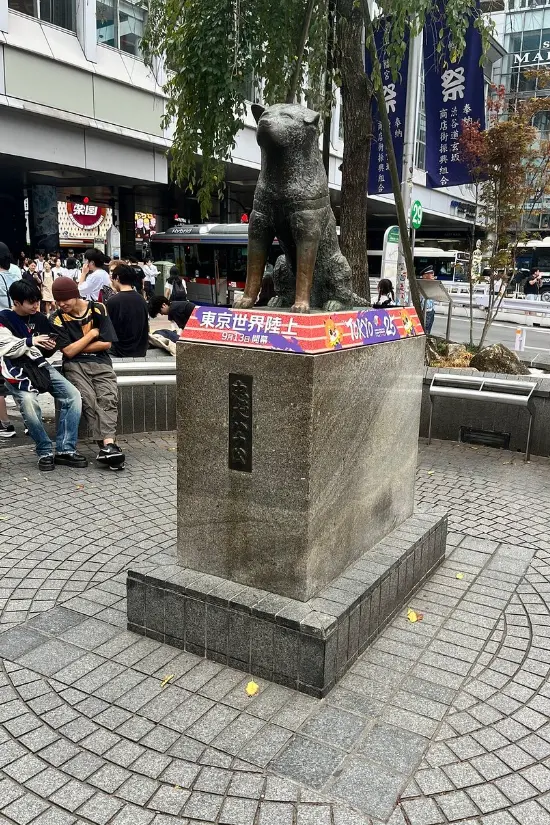
The best views are from Starbucks on the second floor of Tsutaya – grab a coffee and camp out by the windows for the ultimate people-watching session. Shibuya Sky observation deck (¥2,000-¥2,500) gives you aerial views from 229 meters up, but honestly the Mark City walkway offers great free views if you’re on a budget.
Rush hour (5pm-8pm weekdays) brings peak chaos with the most crossers, but weekend afternoons (3pm-7pm) are nearly as intense. I love hitting this place around sunset when the giant video screens really pop and the whole district lights up. The Hachiko statue outside the station commemorates the loyal dog who waited here for his deceased owner – it’s Tokyo’s most popular meeting spot and actually pretty touching if you know the story. Don’t just cross once though – grab a drink somewhere with a view and watch the madness unfold from above.

8. Shinjuku Gyoen National Garden
Shinjuku Gyoen is hands-down the most underrated escape in central Tokyo. This 144-acre park sits just 10 minutes from Shinjuku Station’s madness but feels worlds away. Three distinct garden styles – Japanese, French, and English – mean you get variety without paying multiple admission fees. The ¥500 entry fee keeps crowds manageable compared to free parks.
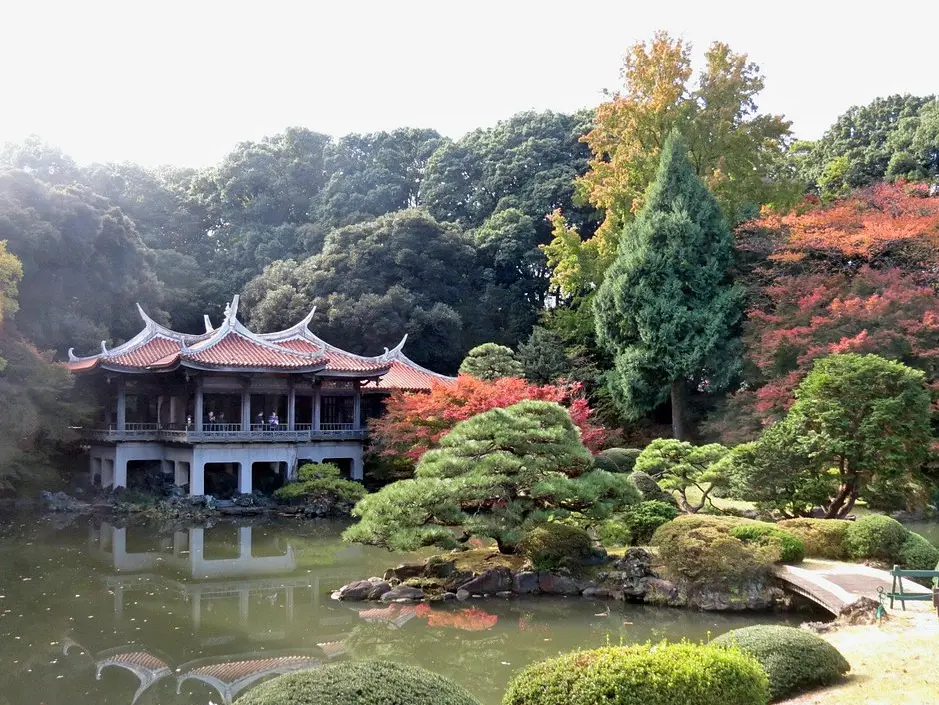
Cherry blossom season (late March to early April) brings over 1,000 sakura trees in full bloom – it’s absolutely spectacular but gets crowded on weekends. Autumn delivers equally stunning maple colors with way fewer people. I’ve spent countless lunch breaks here recharging between meetings, and the traditional tea house makes for perfect afternoon pit stops.
Alcohol is technically prohibited, but plenty of locals picnic with bentō from nearby Isetan Department Store. The greenhouse stays warm year-round and houses tropical plants that feel magical in winter. I always recommend the Shinjuku Gate entrance over the Okido Gate – shorter lines and better access to the best photo spots. Food vendors inside sell decent snacks, but I prefer grabbing supplies from the convenience stores outside. This place proves you can find serious tranquility in one of the world’s busiest cities.

9. Todoroki Valley
Todoroki Valley is Tokyo’s best-kept natural secret – literally the only natural ravine left in the city, and most locals don’t even know it exists. This 1.2-kilometer gorge runs through Setagaya ward and feels like stepping into a Studio Ghibli film. I discovered it by accident a few years ago and now it’s my go-to recommendation for nature-starved friends.
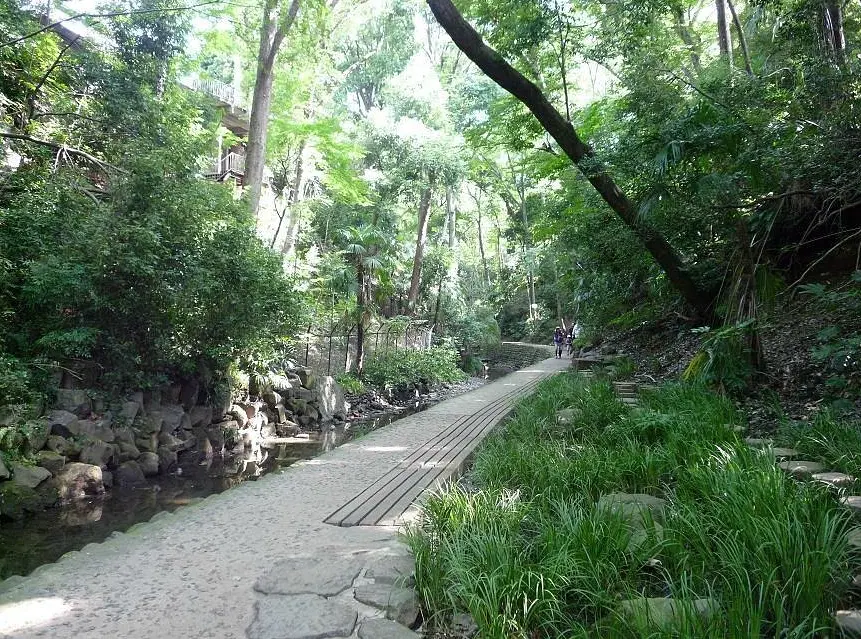
The shaded path alongside Yazawa River stays cool even during brutal Tokyo summers. Moss-covered stone lanterns and bamboo groves create this mystical atmosphere that’s perfect for clearing your head after stressful days. Ancient shrine caves dot the hillsides where monks used to meditate centuries ago – your Instagram followers won’t believe these shots came from within Tokyo limits.
The tea house near Golf Bridge serves traditional matcha and wagashi sweets in the most peaceful setting imaginable. Access is super easy – just 20 minutes from Shibuya on the Ōi-machi Line to Todoroki Station, then a 5-minute walk. The whole valley walk takes about an hour at a leisurely pace, making it perfect for morning meditation or afternoon escapes. I’ve never seen this place crowded, probably because most tourists stick to the famous spots. That’s their loss and your gain.

10. Tokyo Skytree
Tokyo Skytree is the real deal when it comes to city views – at 634 meters, this engineering marvel delivers panoramic vistas that’ll blow your mind. The Tembo Deck (350m) costs ¥2,100-¥2,300 online (cheaper than same-day tickets), while the Tembo Galleria (450m) adds another ¥1,000-¥1,100 but includes that famous spiral walkway everyone posts on Instagram.

Clear days reward you with Mt. Fuji, Tokyo Tower, and views stretching 70 kilometers in all directions. The night views are absolutely spectacular – watching Tokyo’s lights flicker on is unforgettable. Book fast-track tickets online to skip queues that can hit 2+ hours on busy days. The cocktail bar on the 340th floor does sunset perfectly if you want to make an event of it.
Tokyo Solamachi mall at the base houses 300+ shops including tech gadgets you can’t find elsewhere. The tower runs special illumination shows seasonally using Japan’s most advanced lighting technology. Access is easy via Tokyo Skytree Station or Oshiage Station, both connected directly to the complex. I always tell people to book 2-3 weeks ahead for prime time slots – this place is popular for good reason. The Detective Conan collaboration (April-July 2025) and Toy Story event (July-October 2025) add extra reasons to visit this year.

11. Ueno Park and Zoo
Ueno Park is culture central – museums, temples, and Japan’s oldest zoo all within walking distance of Ueno Station. The giant pandas at Ueno Zoo steal the show (¥600 admission), but expect 20-30 minute waits on weekends to see Xiao Xiao and Lei Lei. Polar bears, western lowland gorillas, and over 3,000 animals from 300+ species make this way more than just a panda show.
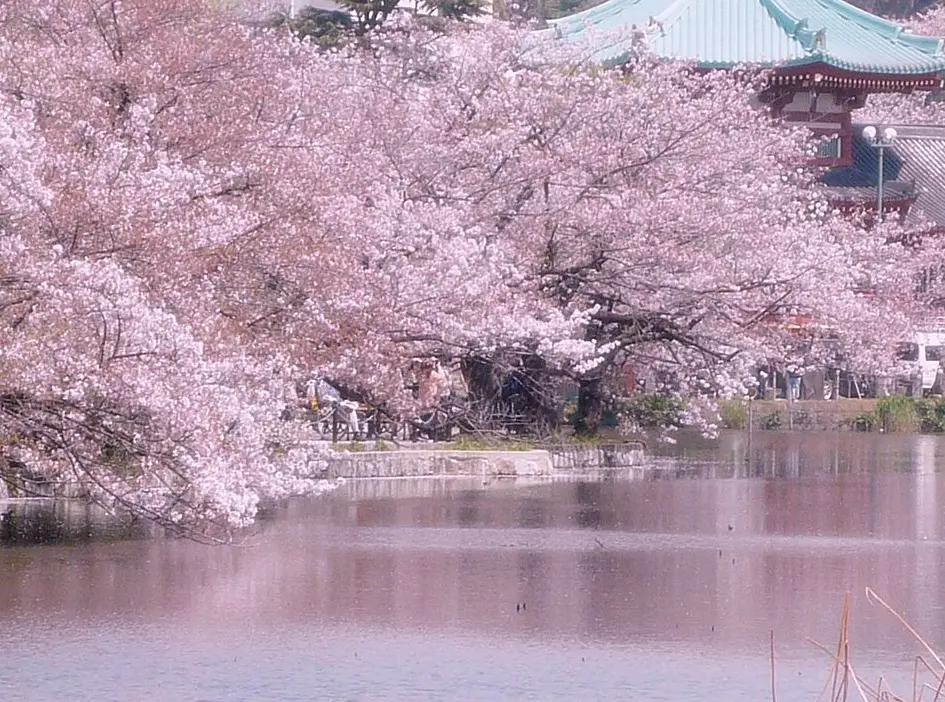
Cherry blossom season transforms the main pathway into a pink tunnel with 1,000+ sakura trees – it’s gorgeous but absolutely packed on weekends. Tokyo National Museum houses Japan’s largest collection of traditional art, while the National Museum of Western Art features Monet, Van Gogh, and Rodin. Shinobazu Pond offers rowboat rentals surrounded by lotus flowers in summer.
The zoo opens 9:30am-5pm (closed Mondays) with last admission at 4pm. Benten Gate gets less crowded than the main entrance and puts you closer to the pandas. Food inside is reasonably priced, and there’s a Starbucks right outside for post-visit coffee. I recommend arriving before 10am or after 2pm to avoid school groups. The combination of animals, art, and history makes this perfect for full-day cultural immersion – you honestly can’t see everything in one visit.

12. Yomiuriland
Yomiuriland delivers the thrill factor that Tokyo’s other attractions can’t match. Perched on hillsides 30 minutes from Shinjuku, this theme park offers Tokyo’s best cityscape views from atop 40+ attractions. The Bandit roller coaster hits 110km/h and provides heart-stopping drops with urban panoramas you won’t see anywhere else.
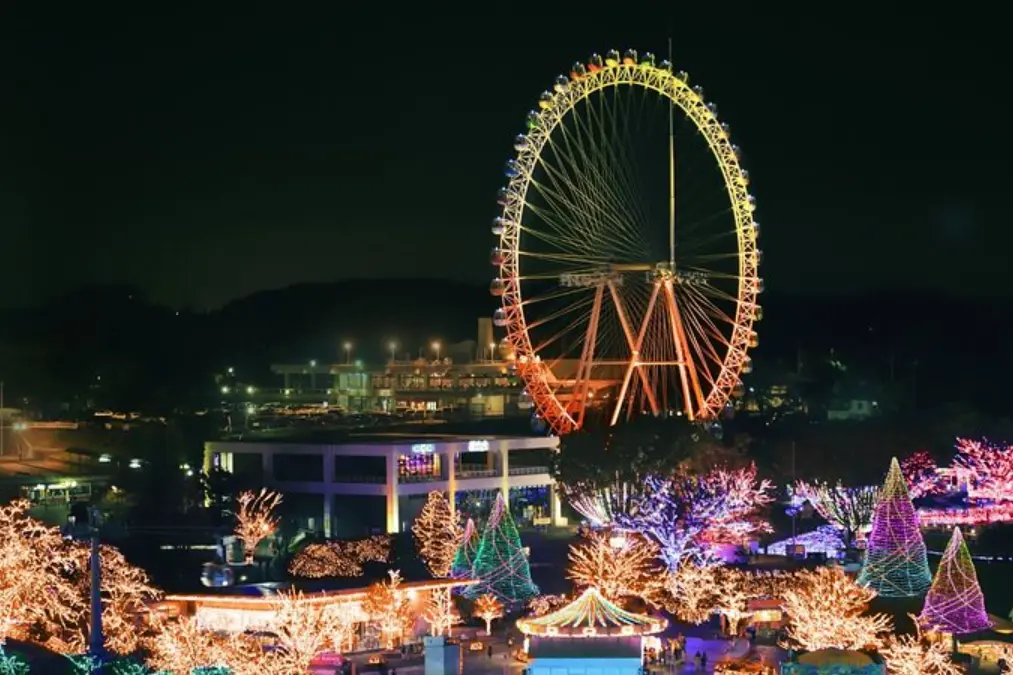
Winter’s Jewellumination event features millions of LEDs designed by Japan’s premier lighting artists – it’s honestly magical and way more impressive than most Christmas displays worldwide. The park’s unique Okuspa hot spring facility lets you soak in mineral-rich waters while overlooking Tokyo’s skyline, perfect recovery after a day of adrenaline rushes.
Weekday visits mean shorter queues and better photo opportunities. Package deals on the website often include unlimited rides plus food vouchers for decent value. Parents with teens love this place because it balances serious thrills with cultural experiences you can’t get at Western theme parks. The nighttime illuminations (October-February) turn the whole hillside into a glowing wonderland that’s genuinely breathtaking. I’ve been here multiple times and the city views from the rides never get old – it’s like seeing Tokyo from a completely different perspective.






